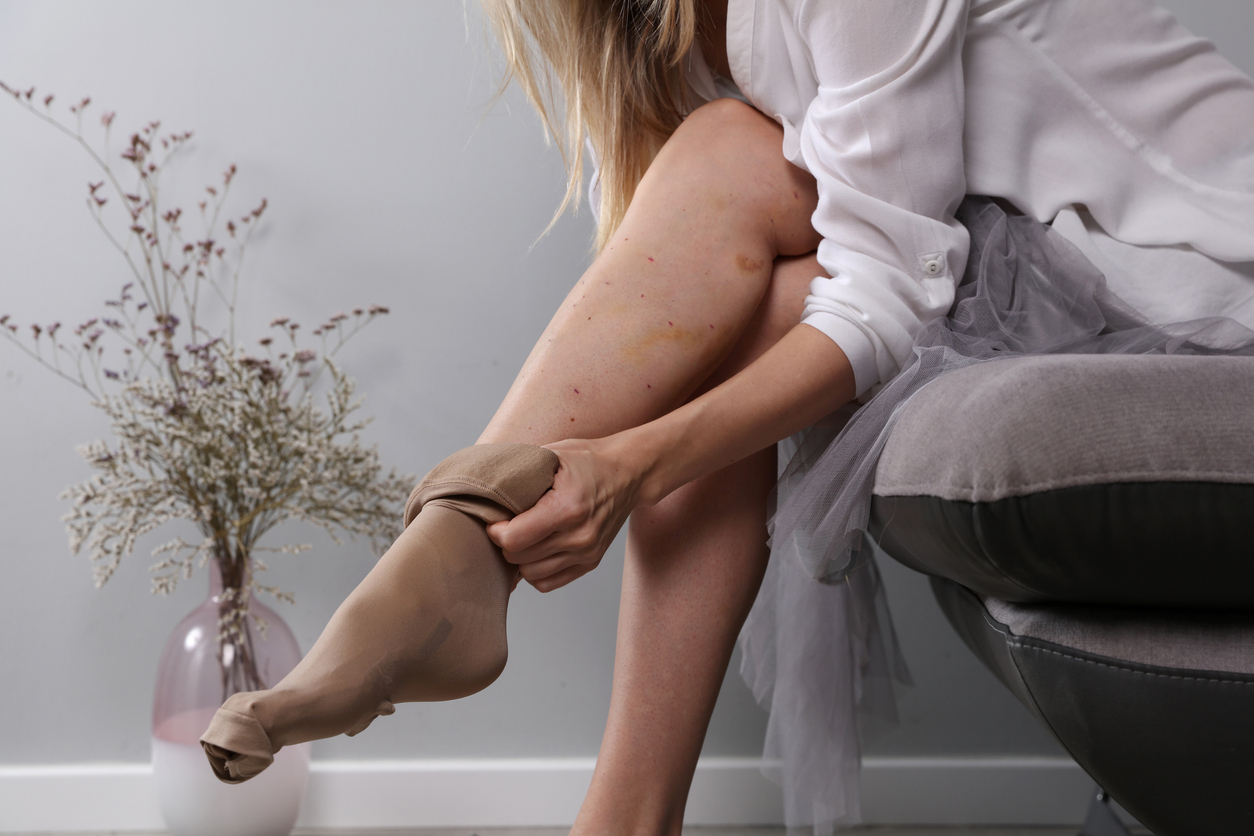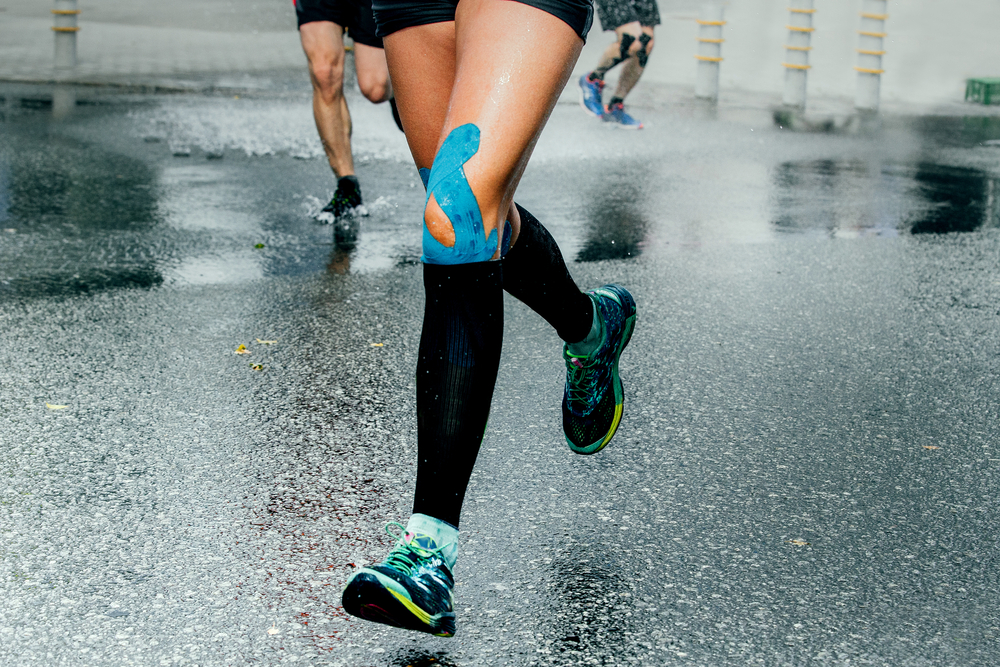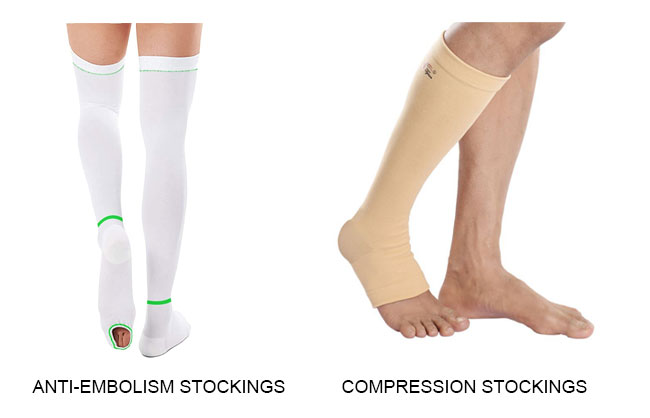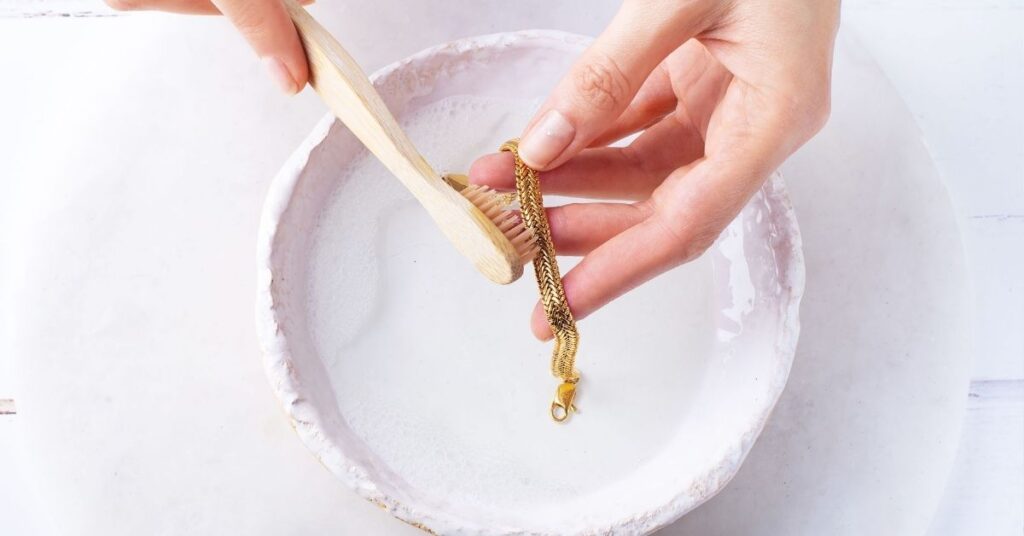The basic science behind compression socks is a bit complicated if you’re not a medical professional, and you can find several explanations online. For the sake of this article, we will make it as simple as possible. Compression socks basically use an elastic cuff or stocking top to gently squeeze and squeeze around your leg at various lengths depending on the type of sock you’re wearing. This helps promote blood circulation hence, getting rid of leg fatigue by boosting your blood flow. So, If you’re thinking about buying compression socks for the first time then you are in the right place.
Beginner’s Guide to Compression Socks – Benefits & Types
Many physicians prescribe compression socks to patients with venous disorders to help improve circulation and alleviate swelling; however, compression stockings are a common source of confusion.
What exactly is the difference between compression and diabetic socks? Why do some doctors recommend calf-high while others prefer thigh-high? Is there an age limit when it comes to using compression socks? We’ve put together this complete beginner’s guide to compression socks, including all the information you need to know about their medical advantages and misconceptions in regard to age-appropriate use.
What Are Compression Socks?

Compression stockings, also known as support stockings, are made of elastic fabric and have graduated compression or pressure. These graduated compression stockings work to help you feel better about your condition by gently squeezing your leg. Compression socks are just the tube part, without the foot.
What Do Compression Socks Do?

Compression stockings can help you do a better job at sports, work, or other physical activities. The special material that compresses your legs and ankles helps improve your blood circulation, allowing more oxygen-rich blood to reach your muscles. The improvement also helps reduce fatigue in your calves and feet as well as prevents swelling of your lower limbs.
Specially-made compression stockings made from elastic materials can help reduce swelling in the feet and legs as well as treat spider and varicose veins. Compression stockings may also help regulate blood flow in the legs and ease symptoms such as leg cramps or muscle spasms. They can even prevent a feeling of lightheadedness or dizziness that some people experience when they stand up too quickly.
Compression socks help prevent venous thromboembolism by keeping blood flowing freely in the legs. If a clot does form, it will be less likely to break free, and if a clot does break free it will be less likely to travel to the lungs or cause other problems due to decreased swelling and discoloration.
How to Wear Compression Socks?

Begin by turning the knee-highs inside out and then, if necessary, use your hands to smooth out any wrinkles and then roll the garment down to just below the knees. Do not roll or fold the top of knee-highs over as this can create an uncomfortable compression that may impede blood flow.
If medical professionals have instructed you to wear this garment, it is advisable that you wear them as much as possible because they are helpful to some individuals.
How Long Should You Be Wearing Compression Socks?

Health professionals recommend that you wear elastic bandages or compression socks for no longer than 8 hours a day. Elastic bandages and compression socks can be helpful for many people, but you should still consult with your doctor before making them a part of your health care routine.
Is It Healthy to Wear Compression Socks?

Compression stockings have been shown to prevent fatigue in the legs, ease swelling in the feet and ankles, and reduce or eliminate the pain or discomfort associated with spider and varicose veins.
Effective for preventing and treating these conditions, compression stockings may also help you avoid light-headedness and dizziness when you stand up.
What’s the Difference Between Compression Socks and Support Socks?

Support stockings exert passive pressure on swollen areas to keep them compressed, while compression stockings are designed to apply active pressure on the veins of the leg. This reduces venous dilation, which helps ensure proper blood flow.
Can Anyone Wear Compression Socks?

Always consult a doctor before wearing compression socks, especially if you have delicate skin. If used improperly, compression socks can cause increased pressure on your legs or could cause rashes.
It’s important that compression socks are properly fitted to your body so that the socks don’t slip down your legs or restrict blood flow.
FULL LENGTH COMPRESSION SOCKS SIZE GUIDE
| SHOE SIZE | SMALL | MEDIUM – 1 | MEDIUM – 2 | LARGE – 1 | LARGE – 2 | EXTRALARGE |
| EU | 35 – 37.5 | 38 – 41.5 | 38 – 41.5 | 42 – 46 | 42 – 46 | 46.5 – 48.5 |
| US – M | 3.5 – 5.5 | 6 – 8 | 6 – 8 | 9 – 12 | 9 – 12 | 12.5 – 14 |
| US – W | 5 – 7 | 7.5 – 9.5 | 7.5 – 9.5 | 10 – 13 | 10 – 13 | 14 – 15.5 |
CALF SIZE COMPRESSION SOCKS GUIDE
| SHOE SIZE | SMALL | MEDIUM – 1 | MEDIUM – 2 | LARGE – 1 | LARGE – 2 | EXTRALARGE |
| CM | 30 – 37 | 32 – 37 | 38 – 43 | 36 – 40 | 41 – 46 | 43 – 50 |
| Inch | 11.75 – 14.5 | 12.5 – 14.5 | 15 – 17 | 14 – 15.75 | 16 – 18 | 17 – 19.75 |
Conclusion:
If you’re thinking about buying compression socks for the first time, you’re likely overwhelmed by the sheer number of options you have to choose from. That’s why we wrote this article for beginners who are considering buying compression socks for the first time. This article will help you make an informed choice, so let’s get started.


